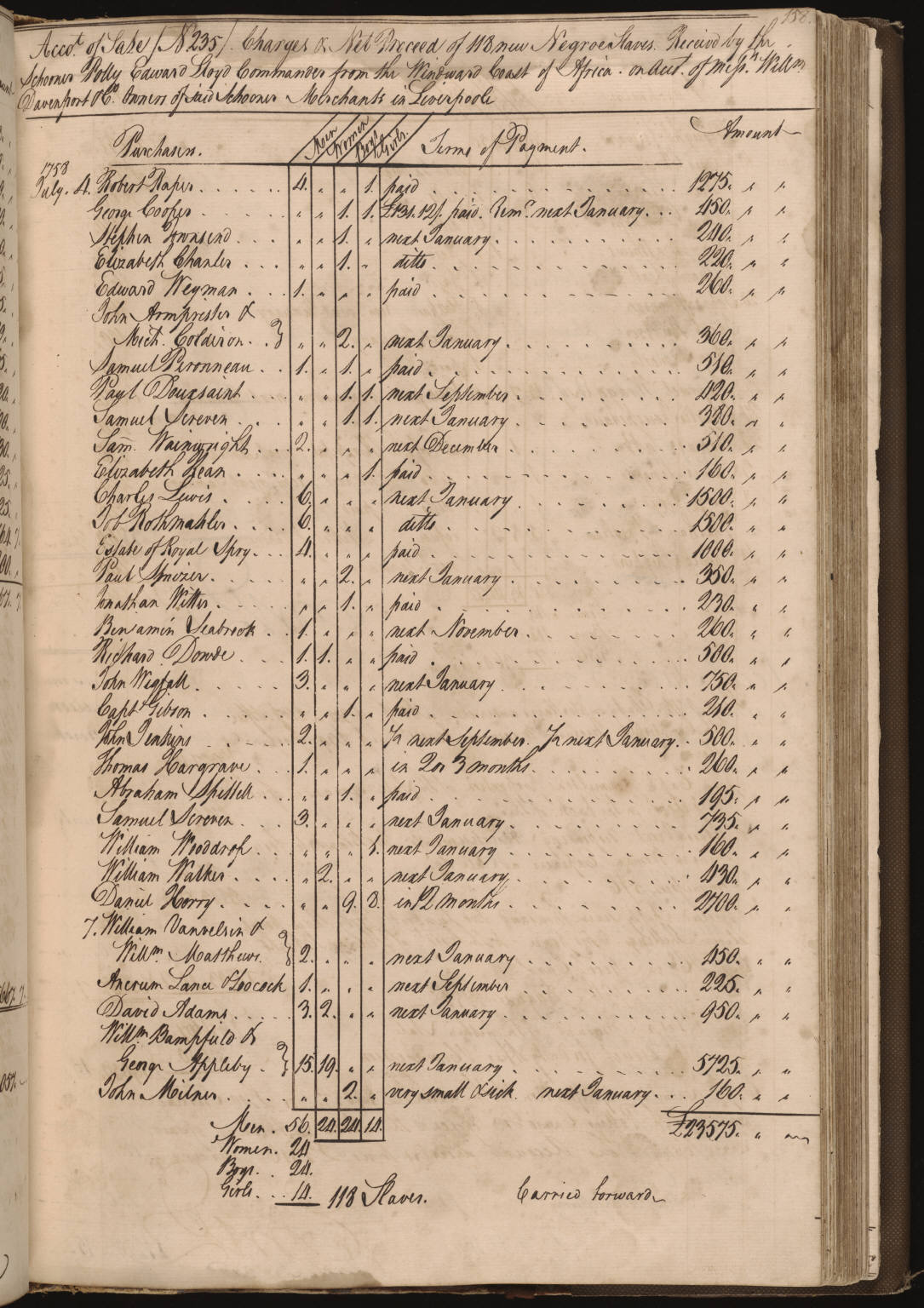Northern abolition
During and after the American Revolutionary War, between 1777 and 1804, anti-slavery laws or constitutions were passed in every state north of the Ohio River and the
Mason-Dixon Line. By 1810, 75 percent of all African Americans in the North were free. By 1840, virtually all African Americans in the North were free.
[30] Vermont's 1777 constitution made no allowance for slavery. In Massachusetts, slavery was successfully challenged in court in 1783 in a
freedom suit by
Quock Walker as being in contradiction to the state's new constitution of 1780 providing for equality of men. Freed slaves were subject to
racial segregation in the North, and it took decades for some states to extend the franchise to them.
[31]
Most northern states passed legislation for gradual abolition. As a result of this gradualist approach, New York did not free its last slaves until 1829, Rhode Island had five slaves still listed in the 1840 census, Pennsylvania's last slaves were freed in 1847, Connecticut did not completely abolish slavery until 1848, and slavery was not completely lifted in New Hampshire and New Jersey until the nationwide emancipation in 1865.
[32]
The principal organized bodies to advocate these reforms in the north were the
Pennsylvania Abolition Society and the
New York Manumission Society. The emancipation of slaves in the North led to the growth in the population of northern free blacks, from several hundreds in the 1770s to nearly 50,000 by 1810.
[33]
Through the
Northwest Ordinance of 1787 under the
Congress of the Confederation, slavery was prohibited in the territories northwest of the
Ohio River (Existing slaves in the Territory were not freed for years, although they could no longer be sold). That was a compromise, as
Thomas Jefferson's original proposal in 1784 to end slavery in all the territories lost in Congress by one vote. The territories south of the Ohio River (and Missouri) had authorized slavery.
[34] Yankees and Northerners predominated in the westward movement into the
Midwestern territory after the American Revolution; as the states were organized, they voted to prohibit slavery in their constitutions when they achieved statehood: Ohio in 1803, Indiana in 1816, and Illinois in 1818. What developed into a Northern block of free states united into one contiguous geographic area that generally shared an anti-slavery culture. The exceptions were areas along the Ohio River settled by Southerners, for instance, the southern portions of states such as Indiana, Ohio and Illinois, leading those areas generally to share in Southern culture and positions.
Post-revolution Southern manumissions
Although Virginia, Maryland and Delaware were slave states, their legislatures made
manumission easier following the Revolution. Quaker and Methodist ministers particularly urged slaveholders to free their slaves. The number and proportion of freed slaves in these states rose dramatically until 1810. More than half of the number of free blacks in the United States were concentrated in the Upper South. The proportion of free blacks among the black population in the Upper South rose from less than one percent in 1792 to more than 10 percent by 1810.
[28] In Delaware, nearly 75 percent of blacks were free by 1810.
[35]
In the US as a whole, by 1810 the number of free blacks reached 186,446, or 13.5 percent of all blacks.
[30] After that period, few were freed, as the development of cotton plantations featuring short-staple cotton in the Deep South drove up the internal demand for slaves in the domestic slave trade.
[36]
Internal slave trade and forced migration


Movement of slaves between 1790 and 1860
The growing demand for cotton led many plantation owners further west in search of suitable land. In addition, invention of the
cotton gin in 1793 enabled more economic processing of short-staple cotton, which could readily be grown in the uplands. The invention revolutionized the cotton industry by increasing fifty-fold the quantity of cotton that could be processed in a day. The mechanization could efficiently handle short-staple cotton, which could be grown in more places than the long-staple cotton of the
Low Country. Results were the explosive growth of cotton cultivation throughout the
Deep South and greatly increased demand for slave labor to support it.
[37] Manumissions decreased dramatically in the South.
[38] At the end of the
War of 1812, fewer than 300,000
bales of cotton were produced nationally. By 1820 the amount of cotton produced had increased to 600,000 bales, and by 1850 it had reached 4,000,000.
By 1815, the internal slave trade had become a major economic activity in the United States; it lasted until the 1860s.
[39] Between 1830 and 1840 nearly 250,000 slaves were taken across state lines.
[39] In the 1850s over 193,000 were transported, and historians estimate nearly one million in total took part in the forced migration of this new Middle Passage. By 1860 the slave population in the United States had reached 4 million.
[39] As the internal slave trade became a dominant feature of American slavery, individuals lost their connection to families and clans. Added to the earlier settlers' previous glossing over of origins and combining slaves from different tribes, many ethnic Africans lost all knowledge of varying tribal origins in Africa, as most had families who had been in the United States for many generations.
[39]
This boom in agricultural economies in the Deep South resulted in a large westward and southward forced migration of slaves. Historians have estimated that one million slaves were moved westward and southward between 1790 and 1860. Most of the slaves originated in
Maryland,
Virginia, and the
Carolinas, where changes in agriculture decreased demand for slaves. Before 1810, primary destinations were
Kentucky and
Tennessee, but after 1810
Georgia,
Alabama,
Mississippi,
Louisiana and
Texas received the most slaves.
[40] Kentucky and Tennessee became exporting states.





